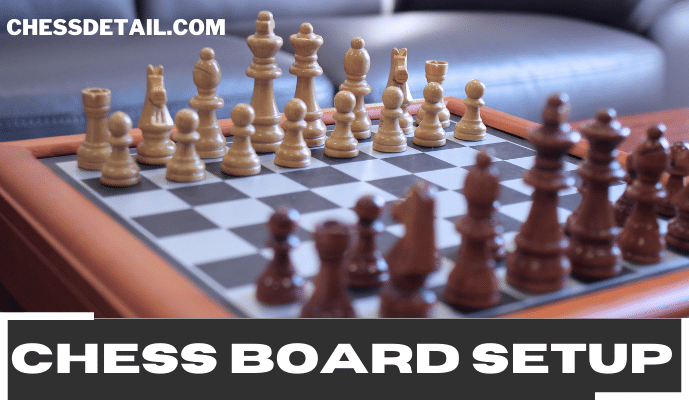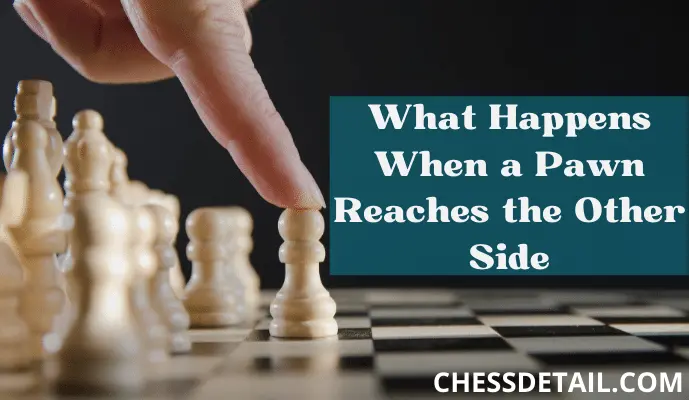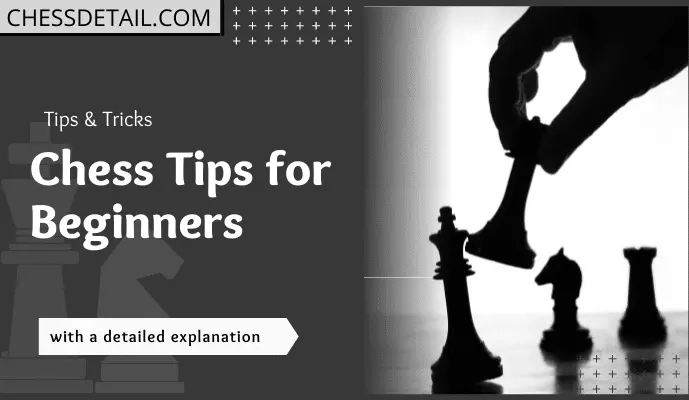Can a King Take a King in Chess (Check and Checkmate Rules)
If you want to know Can a King Take a King in Chess, then the simple answer is NO. It’s not possible for a chess king to kill another chess king. As well as putting the first king into check, moving the king next to each other in chess is also illegal. Kings can, however, checkmate one another indirectly in the game.

Can a King Take a King in Chess
Has it ever occurred to you to use your king more offensively, against another king no less, when you find your king often in jeopardy? The rules don’t make things so simple for the king-on-king situations, which at first glance seem perfect for a win. We are writing this article to resolve the debate about a king killing another king in chess. Our king will be discussed in terms of his role, capabilities, and when he is a legitimate offensive weapon.
Introducing The King In Chess
There are several important pieces on a chessboard, but the king is the most important. Throughout the game, the king is explicitly being captured (although no other piece can take the king). This results in the game being over if it ends its turn on a square where it might be captured and can’t escape). In that sense, it’s a very precious piece. It is interesting to note that the king does not have any points in standard chess scoring. The pawn is worth 1, the knight and the bishop each worth 3, the rook is worth 5, and then the queen is worth 9. What about the king? He’s not on the list.
Therefore, new players have a hard time understanding the value of the king. To emphasize the importance of the king, computer simulations give the king a massive number (200 or more) when evaluating positions. As far as King’s utility goes, we believe that a score of 4 would be better. Even though it doesn’t have as much mobility and power as a queen, it isn’t as weak as a knight or bishop, especially in the endgame, when a lot of pieces have been removed.
Rules of the King in Chess
Chess’s most important piece is its king, as its name implies. The Rook goes back to the very origins of chess, so it is an ancient and foundational piece. Ivory and bone carvings from some of the oldest king pieces from antiquity, known as the Shah pieces in Persian and Arabic, have been found in antiquity.
Because the game has been translated and assimilated into European culture for over a thousand years, the king’s central role has remained significant. Due to equal forces, white and black chess pieces will typically capture one another to determine the winner. Throughout the game, both kings have been under constant threat of checkmate, with the other pieces moving about in defense or offense.
“In the opening or middlegame, moving the king is extremely rare. In a Chess match, it is most useful during the endgame.”
- In check means, a king is on the verge of being captured. The next move in this scenario is either to move the king or to capture the enemy piece causing the king’s threat so that the players can remove the threat.
- An en-checked King is not able to escape the piece that threatens capture; thus, a checkmate occurs, and the game is lost immediately.
- In addition to conducting offensive actions against the enemy pieces, a king can also protect his pawns on the board.
What is the Best Method to Checkmate the King Legally?
Indirectly checking mate the king of your opponent is the right way to checkmate the king. This is how to do it:
King Checkmating Another King by Castling
I assume you learned this for the first time since you checkmate the opponent’s king by Castling? Regardless, this can happen, but it happens very rarely. In this famous game, where Paul Morphy checkmates his opponent’s king by Castling, he shows us how to do it. Let’s take a closer look.
- The white pieces are now moving.
- There is no chess piece between the king of white and the rook of white, and the white king is not in check.
- Castling is possible since all conditions are met. Therefore, white can castle.
- Black now has its king on c1.
- On e2, White’s queen controls squares c2 and d2.
- Therefore, if white castles its knight, e1 square is occupied by the rook, and checkmate is enforced.
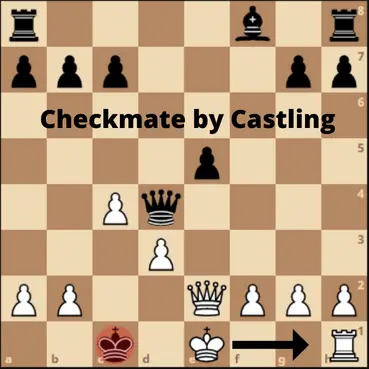
Your king will be checkmated this way. It is true that you are indirectly checkmating your opponent’s king if you have noticed. Here’s another strategy to consider.
Checkmating a king by moving your king away from the way of the attacking piece
In addition to moving away from your attacker’s chess piece, you can also checkmate the opponent’s king by moving away from his king’s direction. A game is shown below with its current position, and let’s take a look at it from the point of view too.
- The white player has the move.
- King white is on d4, the queen is on d2, the knight is on g6, the bishop is on f7, and the rook is on f8.
- Black’s king is on d6 square.
- White’s pieces are controlling all the squares surrounding the black king, as you can see.
- Nevertheless, black has one move left to the d7 square, so this is not a stalemate situation.
- As a result, the black moves his king to square c4, which proves to be very lethal to him.
- Including the queen itself, all of the white chess pieces are actively helping the white queen to attack the black king.
- As you can see, the black king has been checked mated after the white king moves on d4.
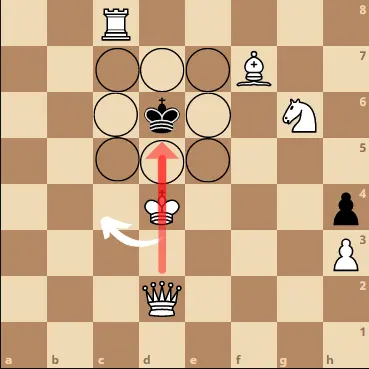
Then, you can simply move away from the path of the attacking piece and checkmate the opponent’s king with your own. It is, however, an indirect method. Following all that we’ve discussed, let’s take a look at a real-life incident that happened when a player accidentally captured the opponent’s king.
How to get my King out of Check?
Trying to advance your king against the enemy’s king through deliberate checking is an illegal maneuver. When your opponent’s king is attacking your piece, you may want to place another piece (usually one of your remaining pawns) between yourself and the king. Your king’s movement to a safe square is only legitimate under this type of oppositional situation.
It is also possible to indirectly checkmate or checkmate your opponent’s king with the use of your king. The following strategies will help you achieve this feat:
- When your rook takes advantage of an offensive king, you can make your king leap out of the way, making checkmate inevitable like Neo in The Matrix.
- Your opponent’s king can be lost if you move your king out of the way.
Illegal Move in Chess
If you don’t know the penalty for an Illegal Move in the Chess game, check out some of the penalties below. These tips help you to win the game easily if your competitor makes any wrong move.
Penalty 1
A player can gain some extra time by playing illegally if both players have less than five minutes left. To defend yourself against an illegal move made by your opponent, follow these steps:
- Call the Arbiter and pause the clock.
- Your opponent made an illegal move, so explain where that was to the Arbiter.
- An arbiter should offer you the extra time of up to three minutes. It is up to him to decide.
- Play a legal move instead of the illegal one that the opponent played.
Penalty 2
In the event of a second penalty, the game can be lost. A loss of a game may result from making two illegal moves in the same match. This can be extended to three illegal moves by the Arbiter at his discretion. Playing in chess tournaments requires you to remember this rule. You should contact your Arbiter before the start of the match if you have any questions about the handicaps.
No Penalty
The first illegal move is not penalized if the time on the clock is greater than five minutes. There is often no need for an arbiter in this scenario, and if your opponent made a genuine mistake, you could politely ask them to take it back. In the case of the king stepping on an endangered square, we now know what constitutes an illegal move. Now, let’s look at some frequently asked questions.
Frequently Asked Questions
Chess can be confusing to a beginner due to its many rules. Relax! Make sure you familiarize yourself with the moves that kings can make. Learn the basic principles, and you will discover the exceptions on your own. Below you will find some examples of common exceptions if you have confusion about whether a king can capture a king. So make sure to check them out!
Wrapping Up
Basically, if your opponent’s king is in check, you cannot checkmate him. If the opponent’s king is checked or checkmated with your king, you can checkmate it. Some rules and regulations govern every move you make in chess. Your move will be illegal if you fail to follow those rules. The rules and regulations apply to everyone, so you won’t have to worry if you follow them.
After reading our article about Can a King Take a King in Chess, I hope your confusion got clear. If you still have questions about this, you can ask in the comment section. Thank You. Enjoy learning about your King.



